How to get rid of beetle larvae?
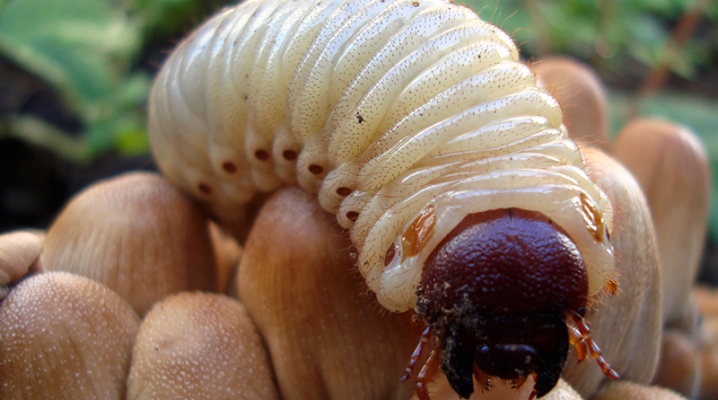
May beetle larvae can cause significant damage to the crop. They damage the fruits of plants, as well as their roots. You can get rid of this natural pest both by chemical or biological means, and by folk remedies.
Features of the fight
May beetle larvae are not at all like adult insects. They have a soft, arched body of white-yellow color. The length of the larva is 3-4 cm. Its wings are not developed.
The harm from the larvae is that they are very voracious. Even a few individuals in a short time can almost completely destroy the root system of a young tree. This will make him weak and vulnerable. If the plant is young, then it will wither in a short time, and the adult will only slow down its development. The larvae greatly harm vegetables and root crops.
For to start fighting them, you need to find their habitat. As a rule, beetles live in sandy soil. They prefer to avoid heavy clay areas. It is worth noting that these pests are easy to spot. Due to their light color, they are clearly visible on the ground.
It is not difficult to deal with the larvae, because they lead a rather passive lifestyle. Therefore, it is enough just to notice the problem in time and choose the appropriate means to solve it.
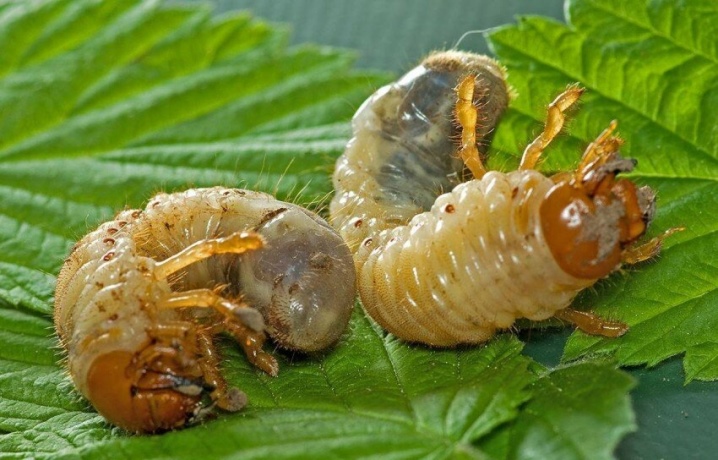
How to deal with chemicals?
As a rule, gardeners use chemicals to combat the beetle larvae. They are effective and help to destroy a large number of pests in a short time. There are several basic drugs that can help you get rid of these creatures permanently.
"Antikhrusch"
It is one of the most popular insecticides. Its main plus is that it provides protection not only from the larvae of the beetle, but also from pests. It can be used to treat different plants.
So, a light solution should be used to protect the potatoes. For 5-10 liters of water, 10 ml of the substance is added. The tubers are sprayed just before planting. The prepared solution is enough to process one hundred square meters of land.
A more concentrated solution is used to protect tomatoes and cabbage. So, 10 ml of the substance is dissolved in 3 liters of water. The rhizomes in the resulting mixture are also soaked before planting. The remaining liquid is diluted in a bucket of water.
This weak solution is already used for watering the bushes. Additional processing enhances the effect of using the drug.
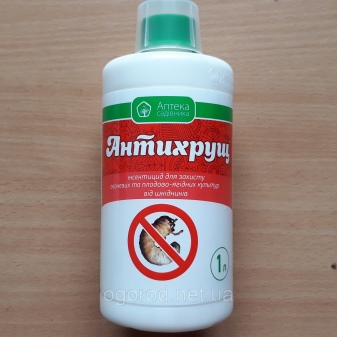
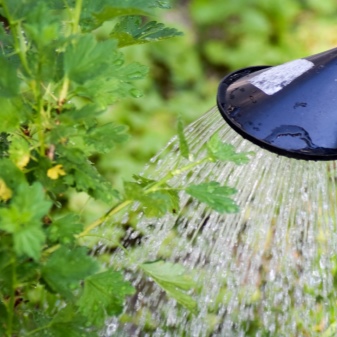
Fruit trees must be watered with a mixture of 5 liters of water and 10 ml of the preparation. The mixture turns out to be quite effective and helps to quickly defeat the enemy. Water the tree at the root. Regular trees are handled in the same way. But the solution should be less concentrated.
"Aktara"
This medication comes in the form of granules. They can be used dry, simply sprinkled in the garden or added to the dug soil near the tree. But most often the granules are dissolved in water. The solution is used for watering or spraying.
The advantage of this tool is that the result of the treatment is noticeable immediately after using the drug. And within a day after its application, all pests on the site die.
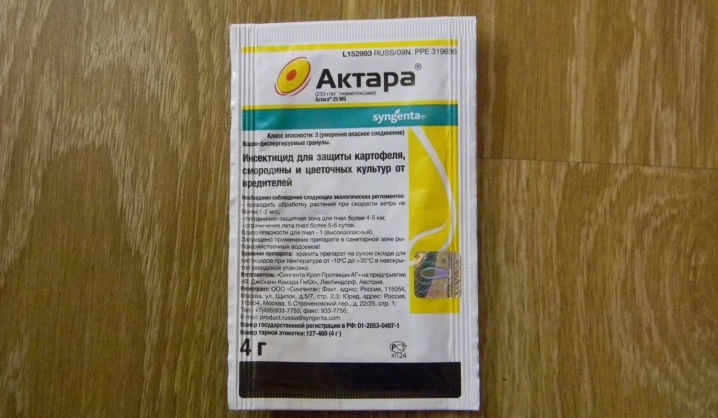
"Aktara" can be used at any time of the year and in any weather. This is especially convenient if you have to work on a plot in the country, where you do not always have the opportunity to get.
"Karbofos"
This quality insecticide is typically used on potatoes. You can use it immediately upon landing. But only not if early varieties are planted. The drug is good because it provides plants with comprehensive protection from pests.
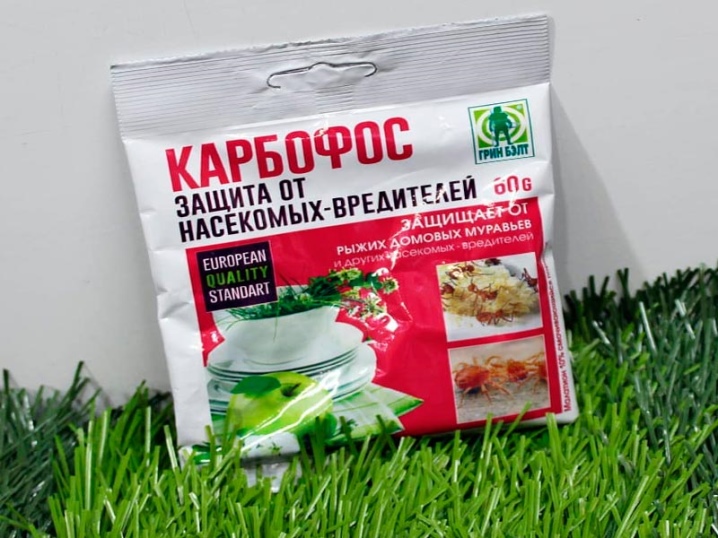
"Bazudin"
This product provides long lasting protection against insects. It is sold in the form of granules. They must be mixed with sand before use. This mixture is added to the wells before planting any plants or flowers.
It is worth remembering that if the garden or beds have been treated with chemicals, the crop can be eaten only after 3 weeks.
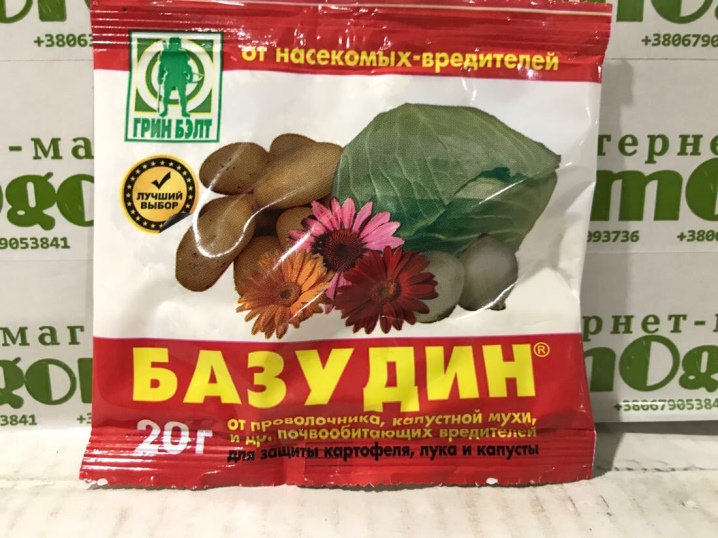
Biologicals overview
Biological preparations also help well in the fight against the larvae of May beetles. They contain natural enemies of these pests: pathogenic fungi and bacteria, as well as eggs of nematode worms.
"Nemabakt"
This drug is used to combat more than a hundred types of various pests. As indicated in the description, it contains nematode worms infected with symbiotic bacteria. It is they who gradually affect insects, feeding on their tissues and, in fact, slowly killing them.
Such a drug is good because it reliably protects the plant without harming nature. In addition, nematodes remain in the soil for about 2 years. So, for this time, you can forget about pests.
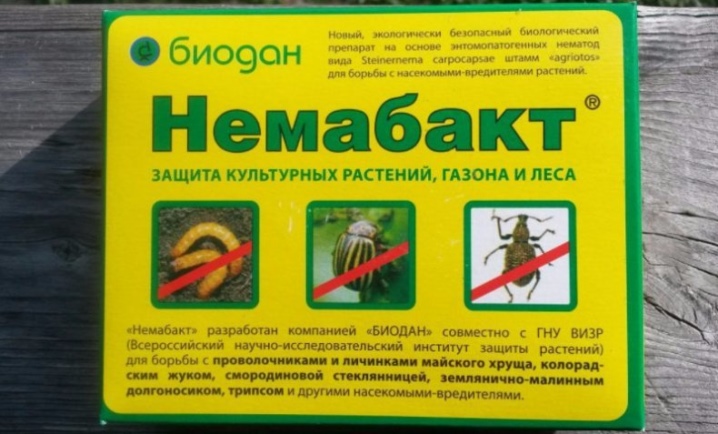
This preparation can be used to protect any plants.
"Etonem-F"
The drug is introduced into the soil during morning and evening watering. It is best used on warm days. At the same time, the soil in the garden should be moist and well loosened. The solution must be prepared following the instructions on the package.
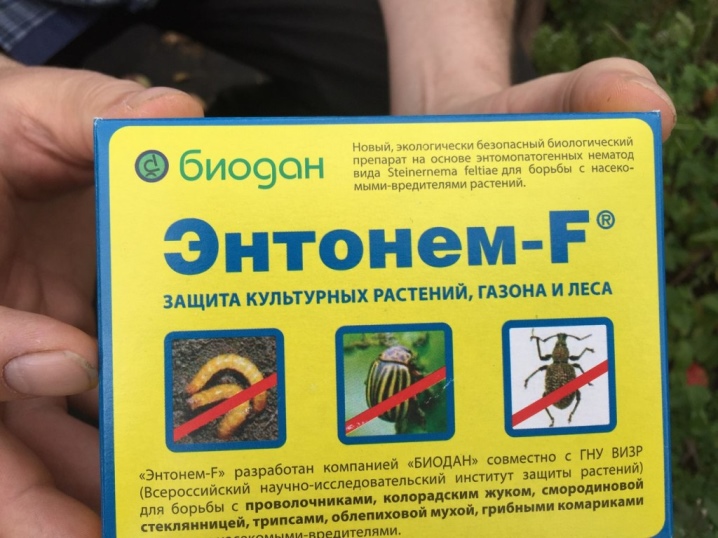
Boverin
This drug contains fungal spores. It should be used if the number of larvae in the ground in the garden area is not too large. Boverin also copes well with pests such as scoop, bear and whitefly. It can be used to protect all vegetable and flower crops.
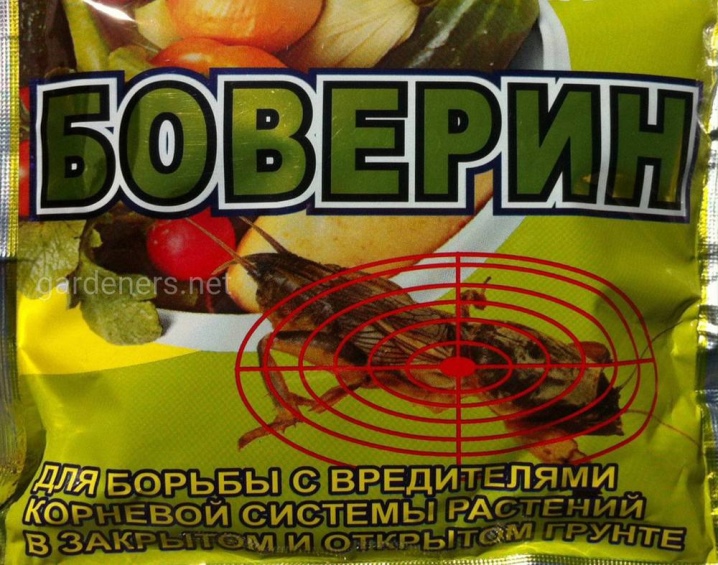
And also to combat these pests, you can use "Fitoverm" and "Aktofit". They are also quite effective.
The best folk methods
You can also get rid of the May beetle using folk methods.
Hand picking
The easiest and safest is to collect the larvae by hand. Experienced gardeners know that in late spring and summer, these pests crawl to the soil surface. At this time, it is worth waiting for the evening and digging up the ground. After processing the soil, a large number of larvae will appear on the surface, which can be collected by hand and immediately destroyed. Of course, it is impossible to remove all pests in this way. But it is quite possible to significantly reduce their population.
In addition, various traps can be additionally used to control the larvae. And also the tubers treated with insecticides, scattered around its perimeter, also help to reduce the number of larvae in the garden.
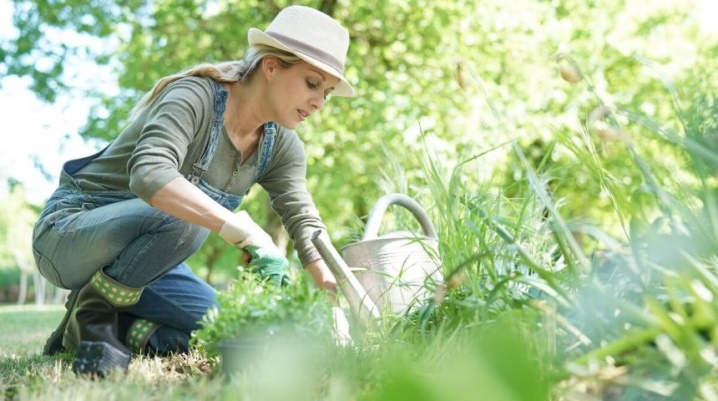
Planting plants
Another popular method of protecting a site from pests is planting plants next to trees or a vegetable garden that scare them away.
Most often white clover is used for this purpose. The fact is that the larvae of the May beetle hate nitrogen. And on the roots of this plant, soon after planting, bacteria form that can assimilate it from the air. Over time, it accumulates in the ground, and the habitat becomes unsuitable for the beetle larvae. This makes them actively look for a new place of residence.
It repels the pest and the smell of elderberry or lupine. Planting different types of beans, rapeseed and mustard on it will also help prevent the process of larvae spreading over the site.
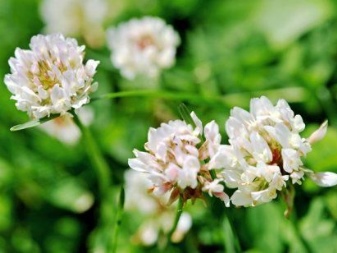

Attracting Insect Enemies
Insectivorous birds and other small animals are natural enemies of May beetles. Therefore, they do an excellent job of reducing their population. In order to enlist their help, you just need to learn how to attract these creatures to your site. The easiest way to do this is by hanging a birdhouse on one of the trees.
Poultry will also help to cope with pests. If chickens are released to an area with dug up soil, they will very quickly collect and destroy the larvae. Moles and hedgehogs help fight the larvae.
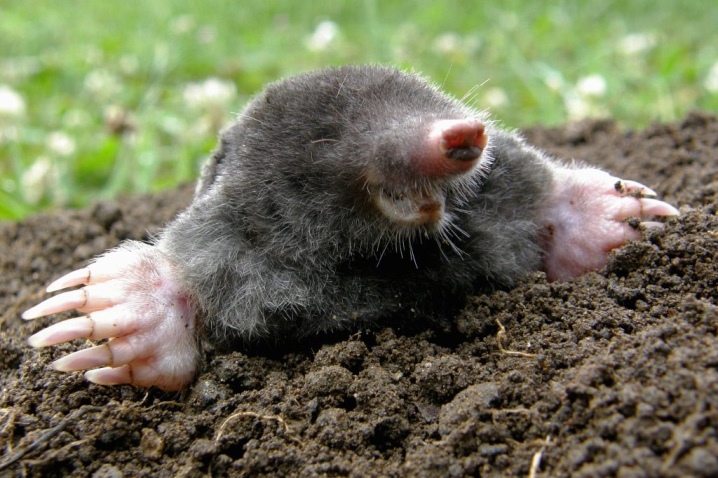
Various folk remedies can also be used to destroy the larvae in the greenhouse and on the street. They are great against these pests.
- Onion peel. A decoction of dry onion skins is the best way to deal with voracious larvae. For its preparation, the bucket must be filled with husks by a third. After it you need to fill it with warm water. All this must be left for 4-5 days. After the required time, the infusion must be diluted with water in a 1: 1 ratio. It is worth using it for watering plants. This is best done in warm weather.
- Garlic. This is another effective solution. To prepare it, you need to take 100 grams of chopped garlic, pour 5 liters of boiling water over it and leave for 4-5 days. After that, the solution must also be diluted with water. The proportions are the same as in the case of onion peel infusion.
- Potassium permanganate. This drug is also good at repelling the beetle larvae. To prepare a solution, 5 grams of the product must be dissolved in 1 liter of warm water. The resulting product can be used for processing various crops. But most often it is used to protect against a pest of potatoes.
- Walnut leaves. The collected leaves must be poured with 10 liters of boiling water. The tincture should be left in a dark place for a week. After that, it must be filtered and immediately used for soil treatment.
- Sagebrush. This pungent-smelling plant also scares off the larvae. To prepare the solution, you need to cut 300 grams of fresh wormwood and mix them with 200 grams of wood ash. All this must be poured into 10 liters of boiling water and insisted for 3 hours. The ready-made infusion is also used immediately.
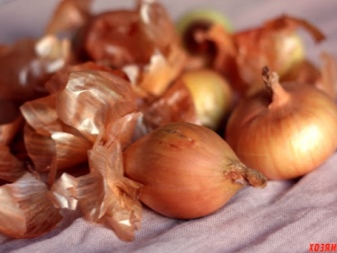
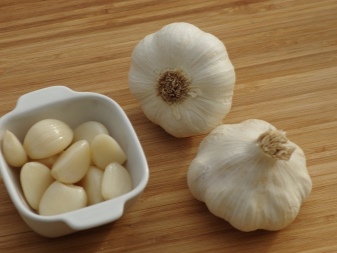
In order to prevent re-infection of the site with the larvae of the beetle beetle, it is worth adhering to the following rules:
- when digging up a plot for the winter, the soil must be sprinkled with bleach or sprayed with "Whiteness";
- ground eggshells can also be added to the ground in the fall;
- to protect the strawberry bushes from pests, it is recommended to treat the beds with a light solution of ammonia;
- in the spring, you should not water the beds with a solution of chicken droppings, as it can attract pests;
- the soil must be thoroughly mulched - you can use spruce branches, tree bark or chopped straw for this.
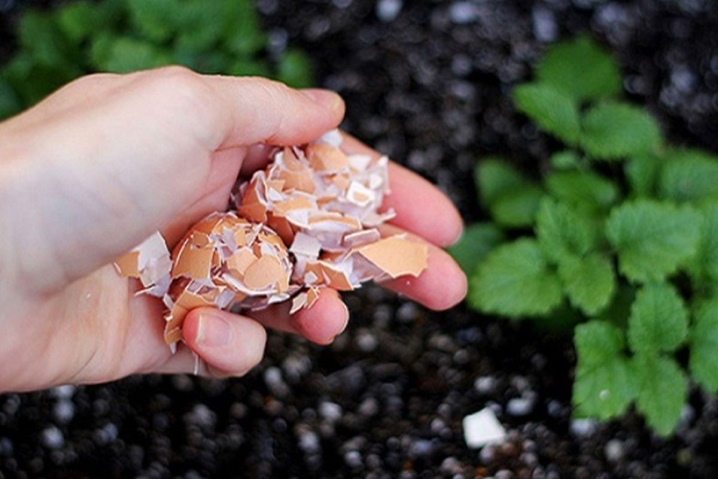
If you follow all these rules and process the soil in a timely manner, the larvae of May beetles will not harm the crop and destroy trees and bushes.
For information on how to get rid of the beetle larvae, see the next video.













The comment was sent successfully.